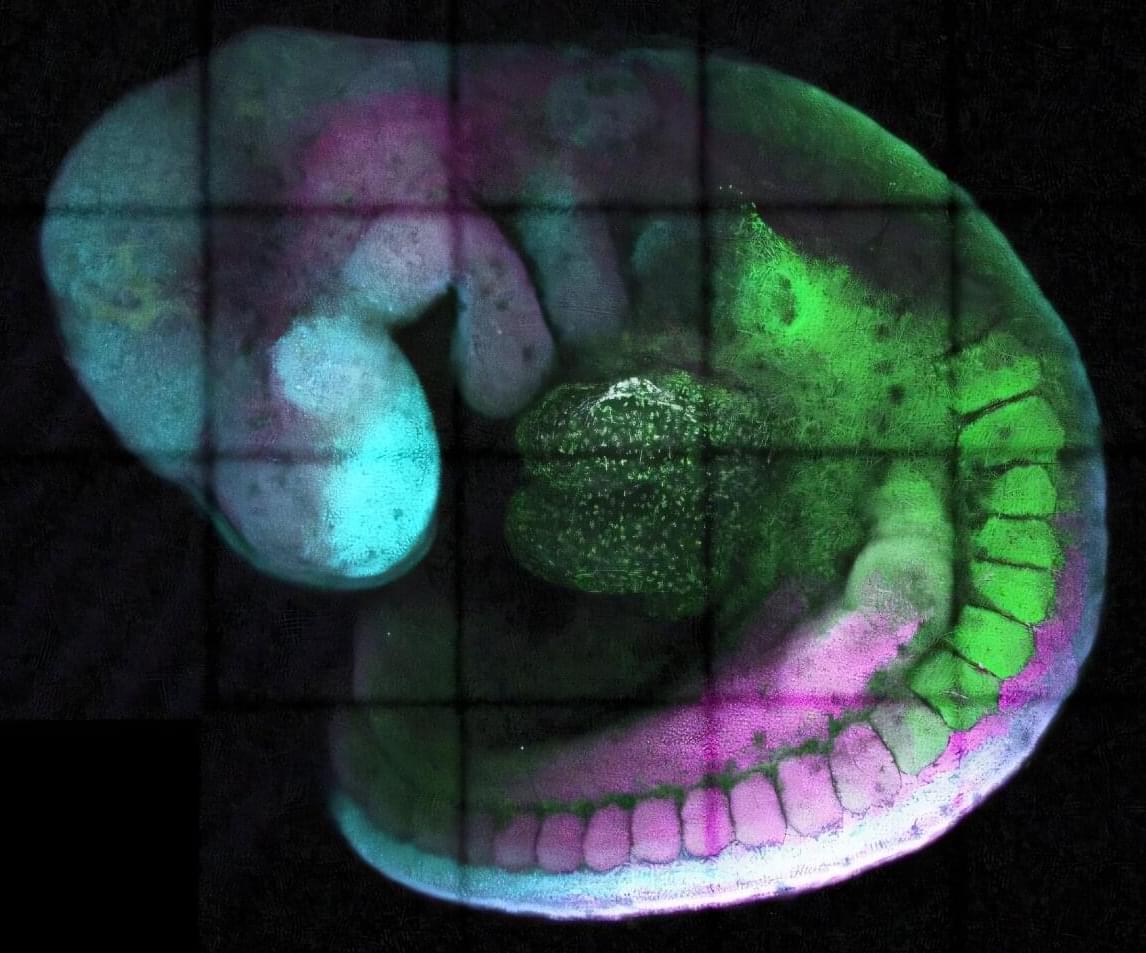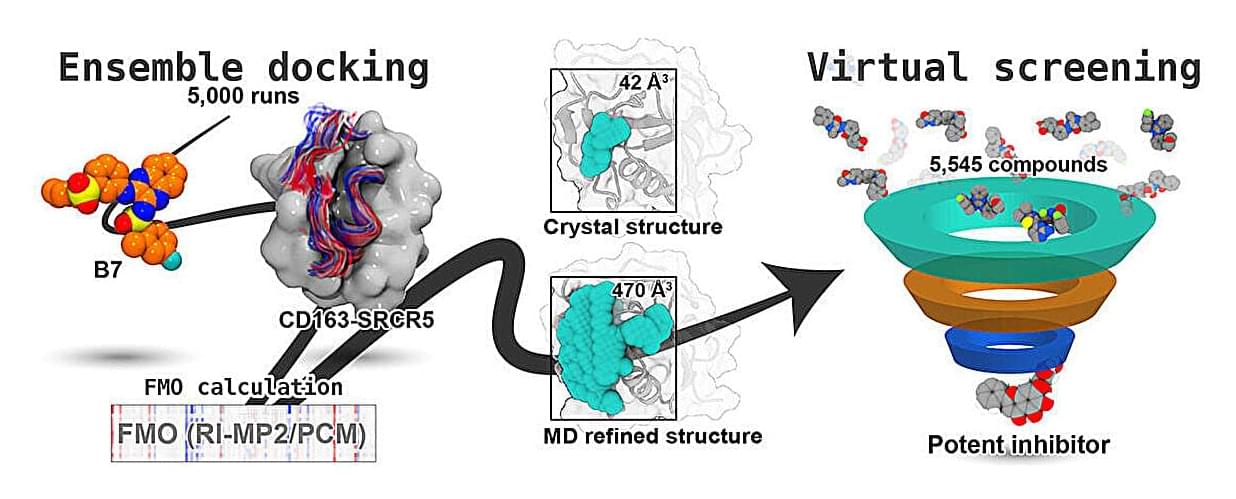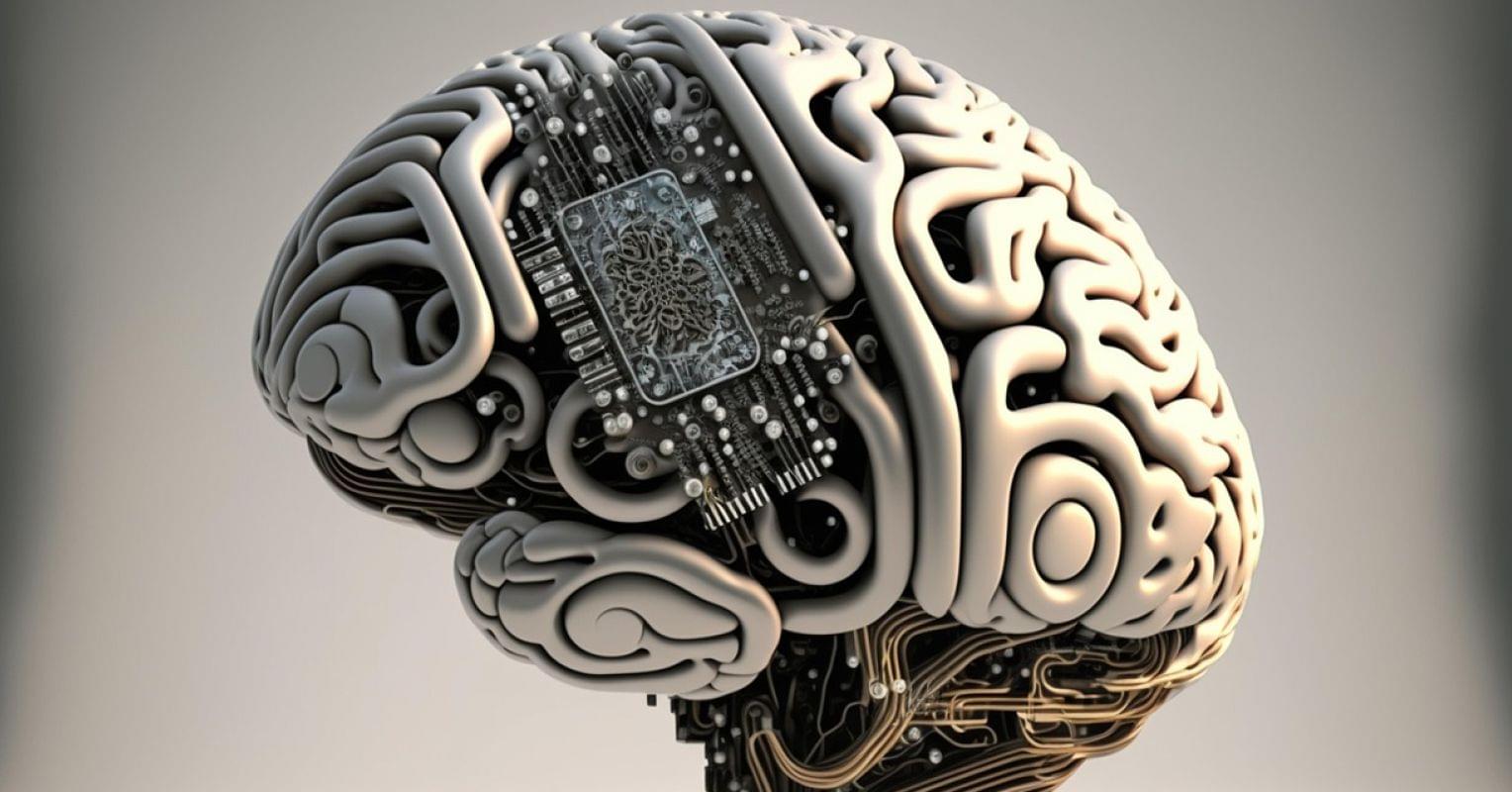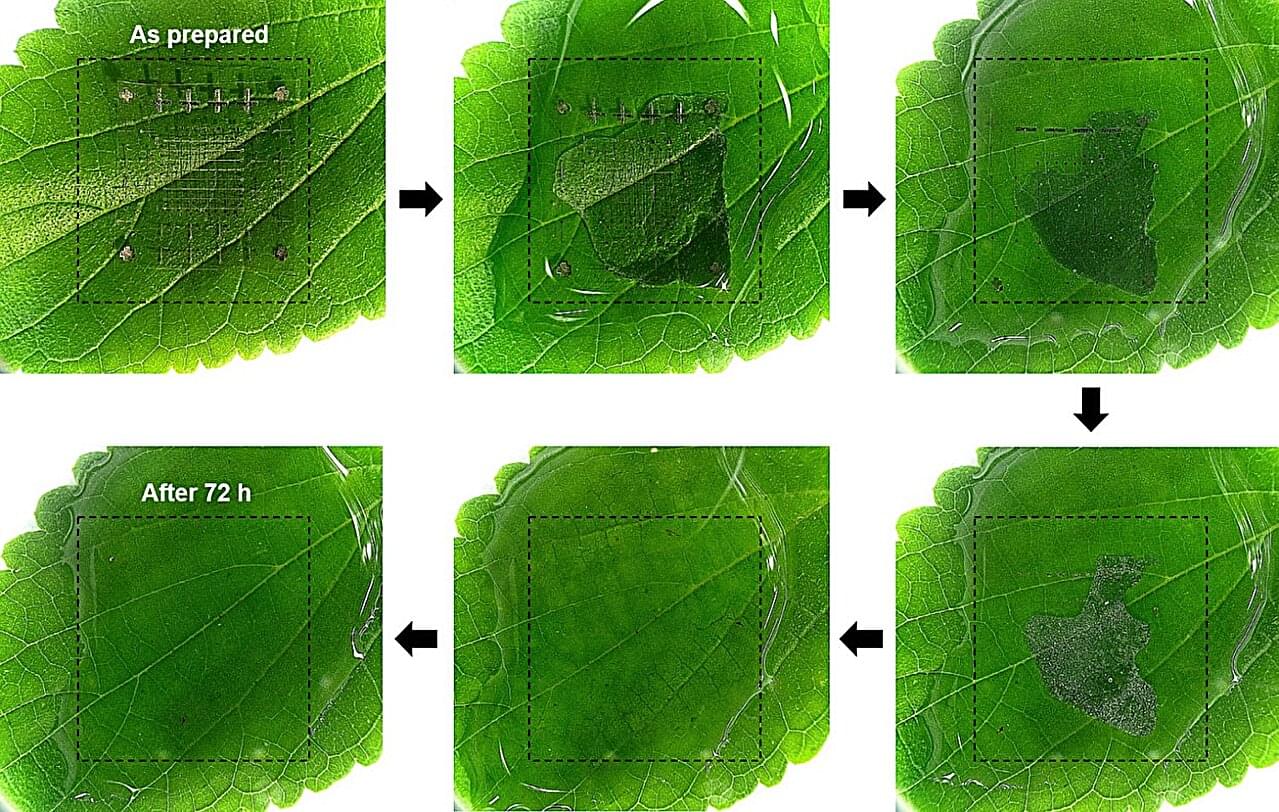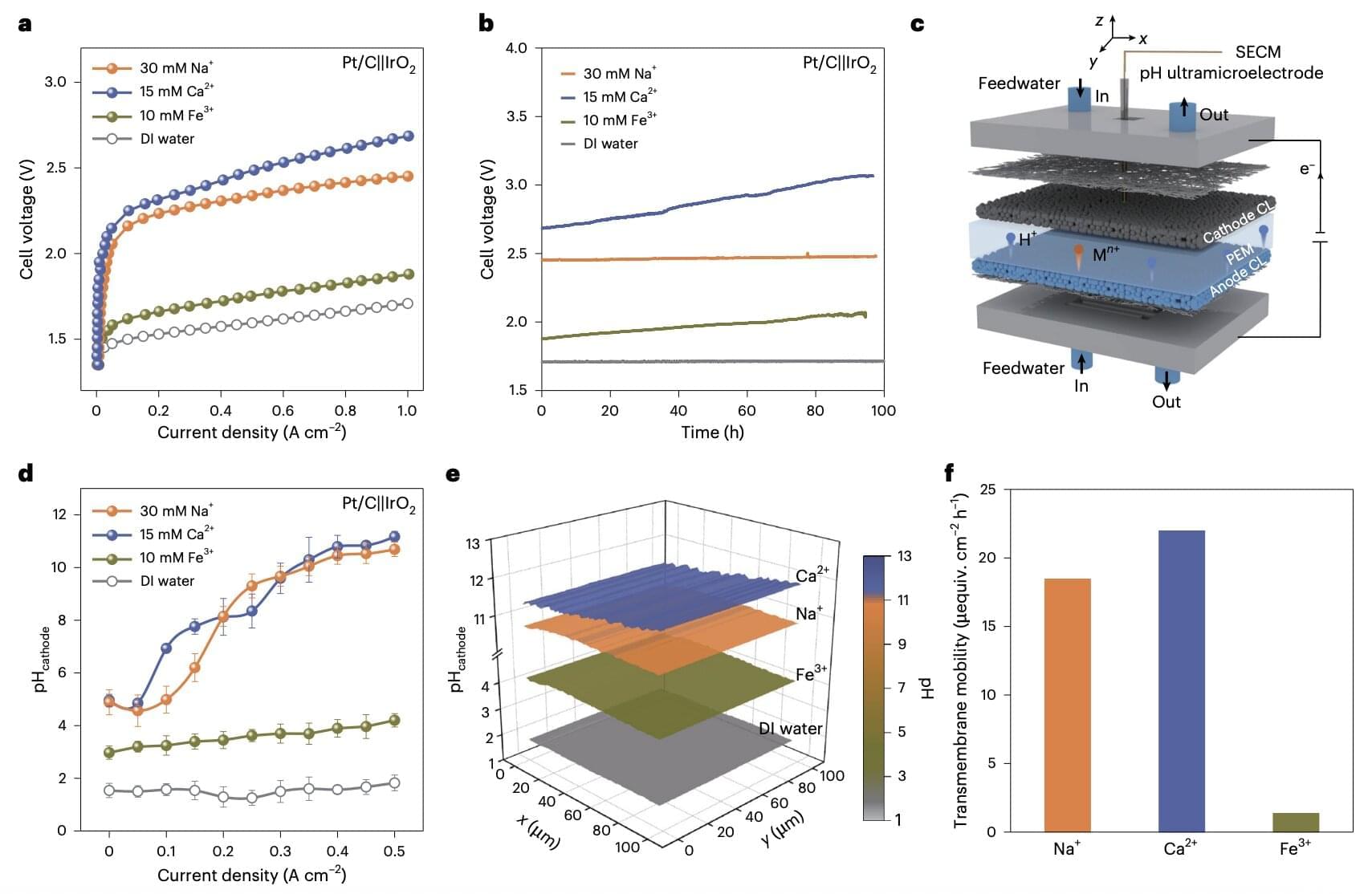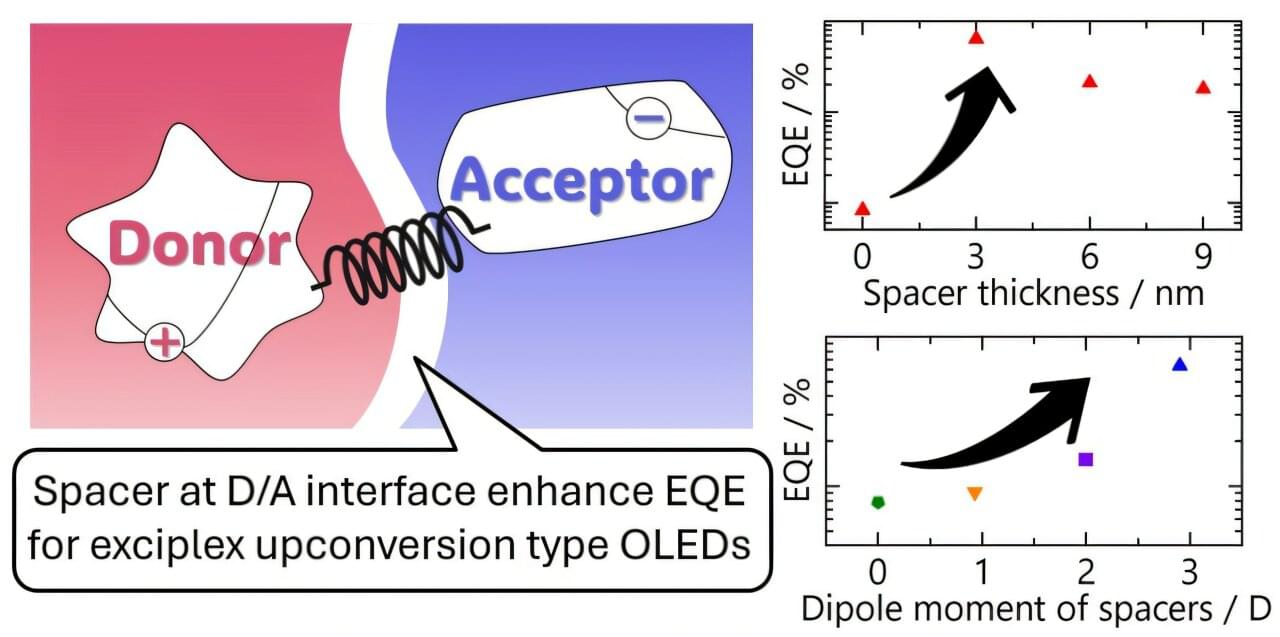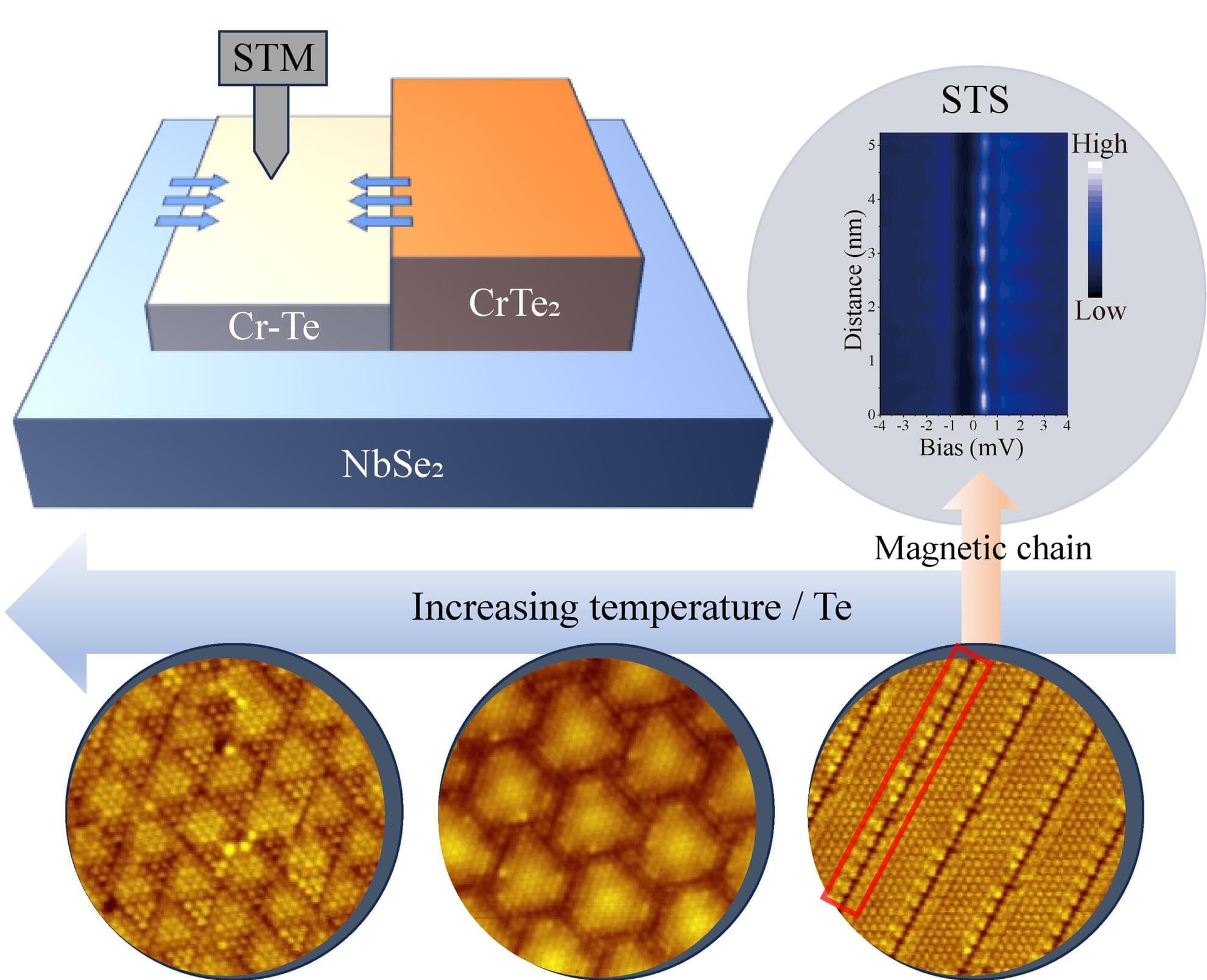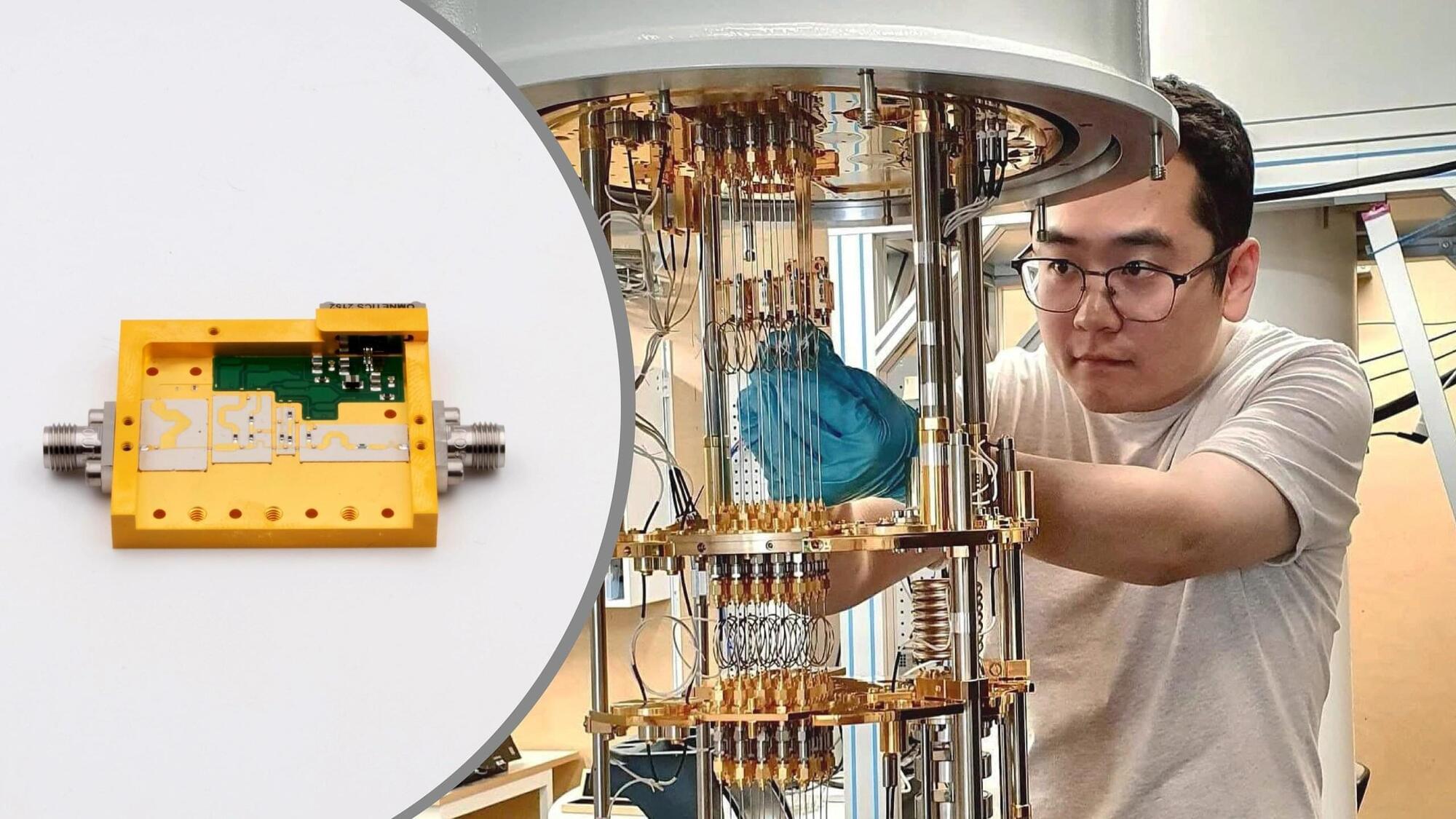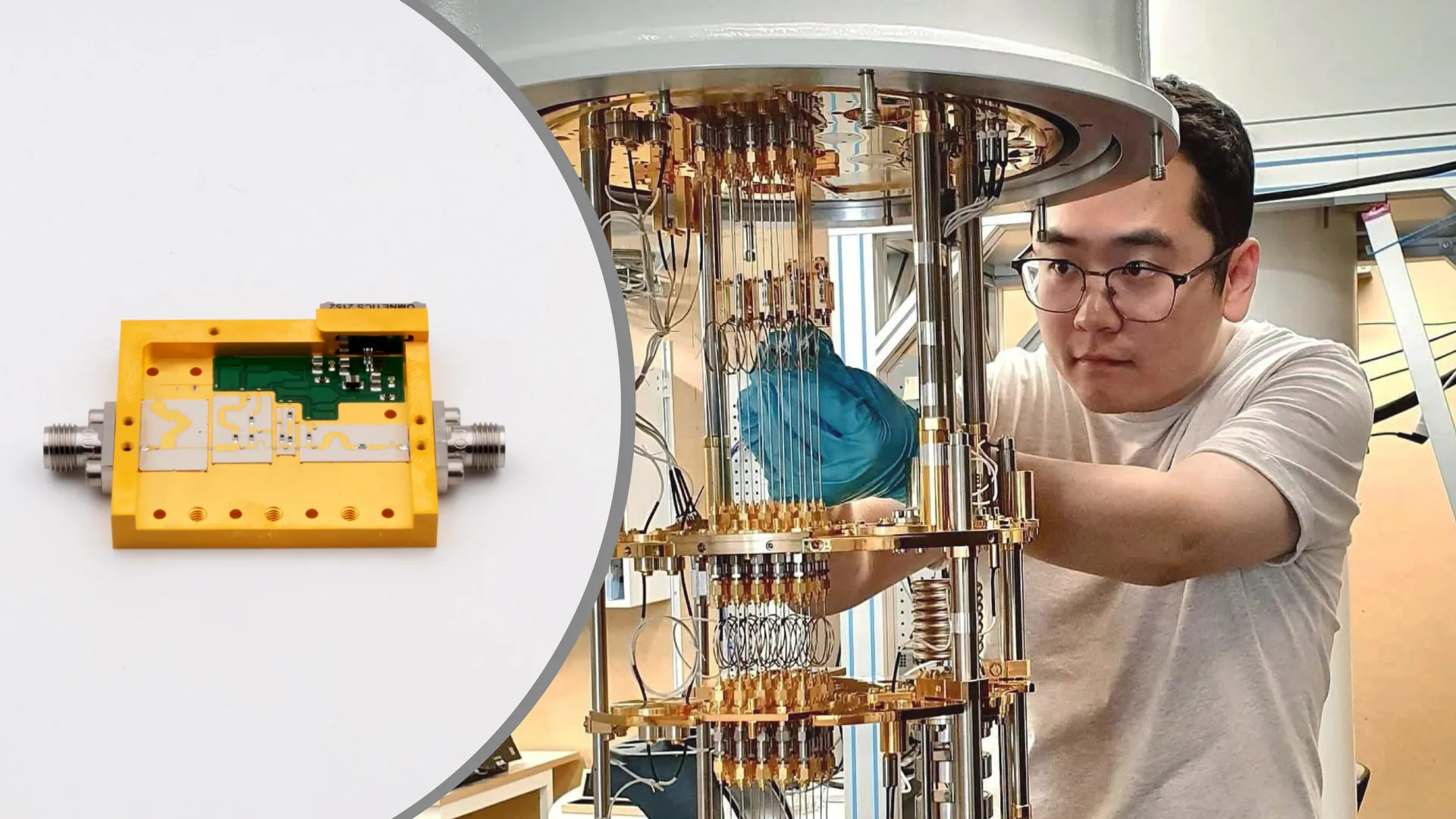A team of scientists at the MRC Laboratory of Medical Sciences (LMS) has uncovered a previously unknown mechanism that controls how genes are switched “on” and “off” during embryonic development. Their study sheds light on how diverse cell types are produced in developing embryos.
The research, published in Developmental Cell, was led by Dr. Irène Amblard and Dr. Vicki Metzis from the Development and Transcriptional Control group, in collaboration with LMS facilities and the Chromatin and Development and Computational Regulatory Genomics groups.
All cells contain the same DNA but must turn specific genes ‘“on” and “off”—a process known as gene expression—to create different body parts. The cells in your eyes and arms harbor the same genes but “express” them differently to become each body part.
